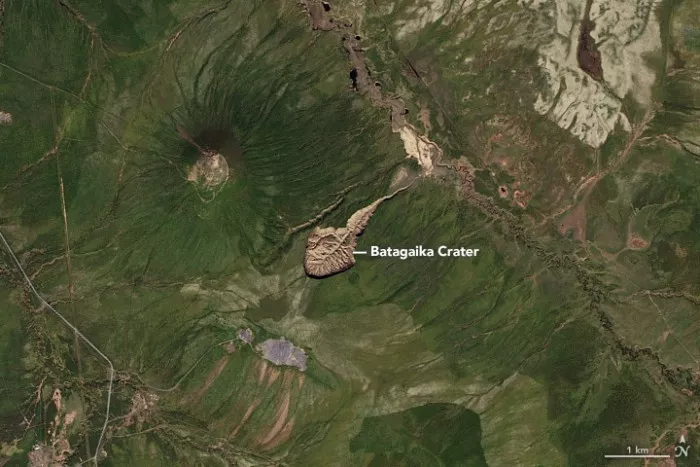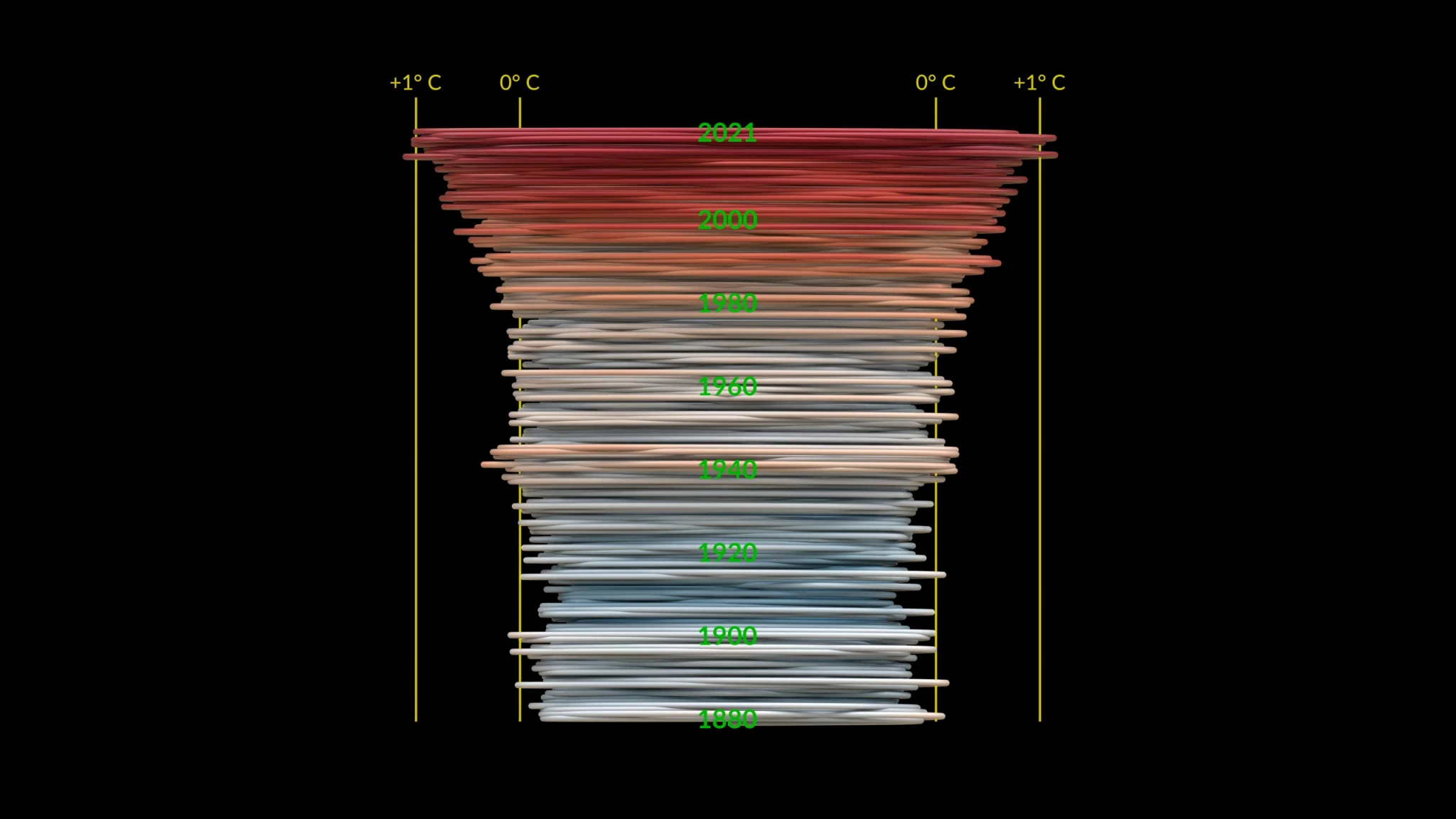According to BGR report, a huge pit called "the mouth of hell" was discovered in the 1960s. Now, more than 60 years later, this huge pit continues to grow and devour everything along the way** However, the most worrying thing is that scientists do not know how to stop it.

The giant crater began to form in the 1960s, shortly after part of the large-scale forest that once covered the area was cleared. Scientists believe that the land was once supported by permafrost. In recent years, however, permafrost has begun to melt. So far, the giant pit has been successfully expanded to 0.6 miles (1 km) long. It has reached 282 feet (or 86 meters) deep, and it continues to grow.
Scientists believe that the "mouth of hell" continues to grow by at least 10 meters a year. The official name of the giant pit is batagaka deep pit, which is named after the water flow near batagaka River, a tributary of Yana river. Residents living near jukeng said they often heard rumbles from the area.
In addition, each year, as the permafrost melts, it exposes more frozen soil below, accelerating the process. Although it has only increased by 10 meters per year as of 2016, climate change may see an increase in the growth rate of the "mouth of hell" in the future. Worse, rising global temperatures could lead to other "mouth of hell" craters around the world.
The rapid exposure of permafrost is dangerous to the local. This is because the melting of permafrost is exposing fossil materials for many years, including ancient forests and pollen. Other remains found include fossils of animal carcasses such as mammoths, horses and musk cows.

Scientists say the remains exposed by the "mouth of hell" let us know the climate data as far as 200000 years ago. Therefore, it is a unique experience to see the remains and fossils of these species. However, this does not negate the overall negative aspects of this huge sunken pit.
Officially known as "giant collapse" or "hot Karst", the "mouth of hell" is the largest of its kind. Although it grows by at least 10 meters a year, in warm years, the giant pit is likely to grow by up to 30 meters a year. In addition, as it erodes more and more, it may release ancient stored carbon into the atmosphere. This will trigger more global warming results.